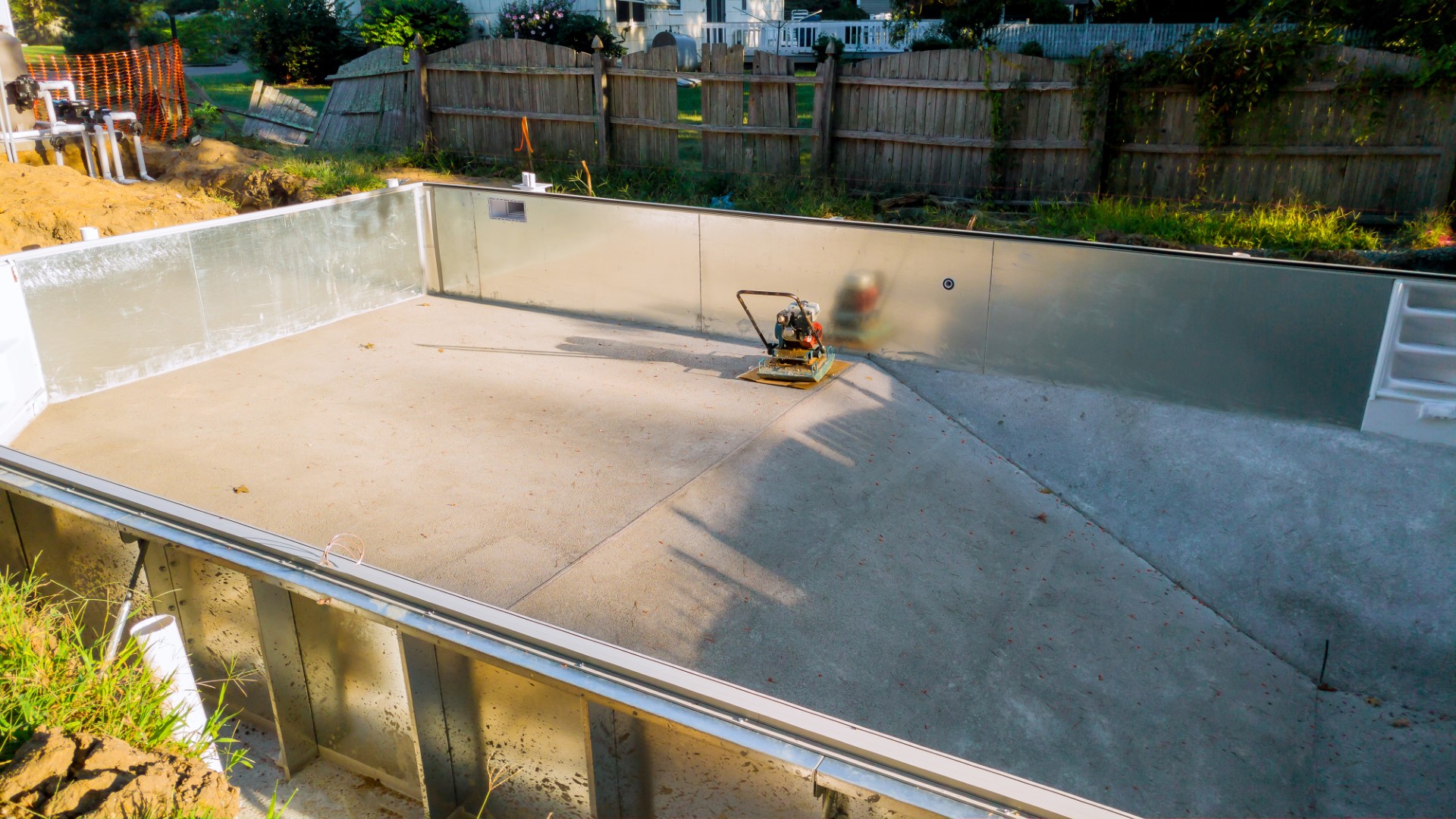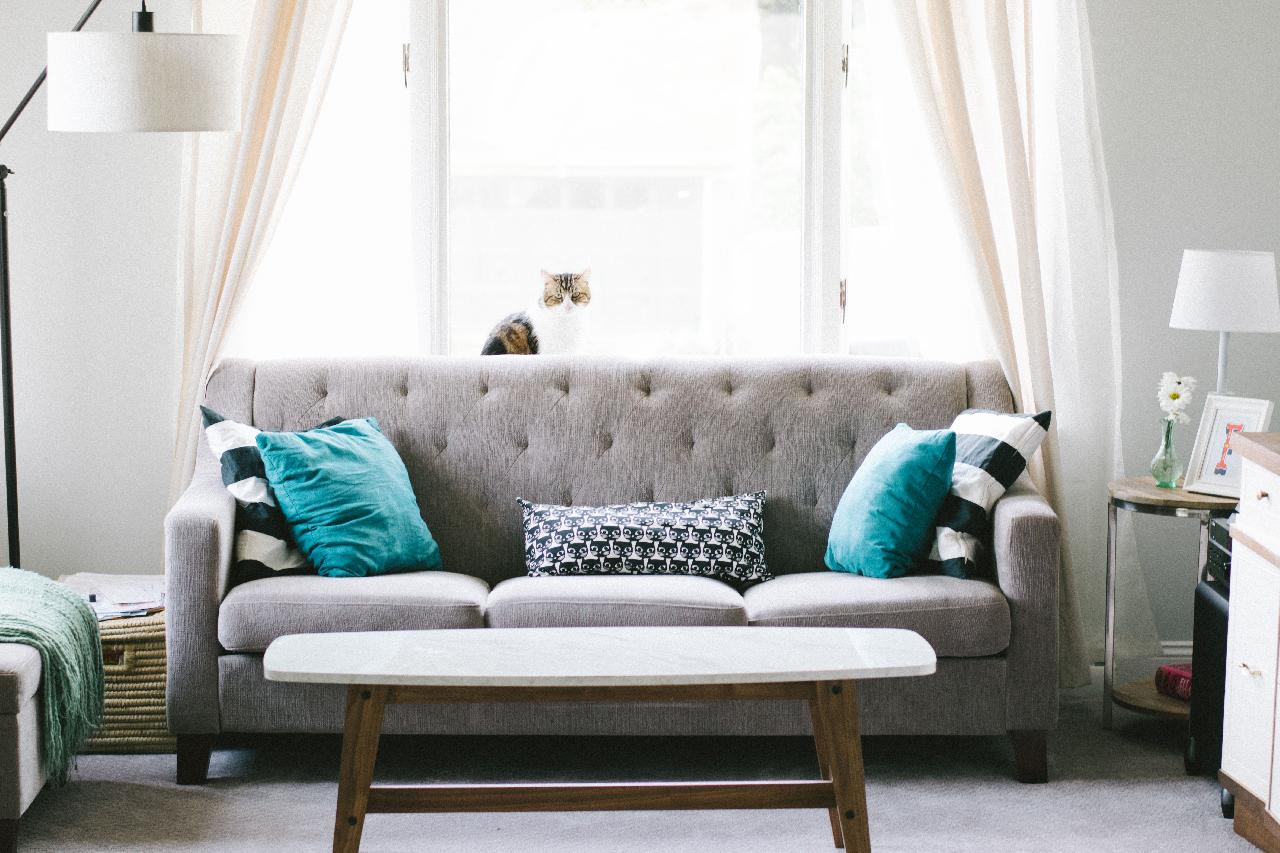For homeowners who’ve decided it’s time to add a touch of luxury and resort-style living to their backyard, a fibreglass pool installation is a thrilling and potentially transformational project. While the thought of lounging by a crystal-clear pool might conjure up visions of relaxation, there’s a considerable amount of work to be done before the first cannonball is safely executed.
In this comprehensive guide, we’re breaking down the steps to prepare for your upcoming fibreglass pool installation. We’ll cover everything from the initial planning and design to selecting the right contractor, navigating local regulations, and the nitty-gritty of maintaining your pool post-installation.
Introduction to Fibreglass Pools
Before you get your hands—or rather, your feet—wet, understanding the inherent benefits of fibreglass pools sets the stage for what you can expect from this type of pool installation. Fibreglass pools are known for their durability, owing to the strength of the fibreglass composite material. They also offer a relatively quick installation time, smooth, non-abrasive surfaces, and are friendly to the upkeep of pH balance, effectively reducing maintenance costs.
Choosing fibreglass over other pool types can also provide energy efficiency. The smoothness of the fibreglass finish means less algae growth, which can mean lower electricity costs due to reduced filtration and less need for chemical treatments.
Pre-Installation Steps
Planning and Design
The pre-installation phase is the time to dream big and plan carefully. Consider the pool’s intended use—whether it’s for fitness, relaxation, or entertainment—and match it with a design that complements your home and landscape. Remember to account for any future additions or modifications you might want, as altering the pool’s shape or size down the line may not be feasible.
Permits and Regulations
Every city and district has its own set of regulations for installing any type of pool, and fibreglass pools are no exception. It’s vital to research local zoning laws, setback requirements, and necessary permits. This step can often be the most time-consuming, so starting early is advisable.
Choosing a Contractor
Research and Selection
Ensure that your chosen local sydney pool installer specialises in fibreglass pools and has a solid track record of successful installations. Seek references and don’t shy away from asking technical questions or for a portfolio of previous work.
Communication and Expectations
A good contractor is one who listens as well as they advise. Clear communication from both parties on the timeline, costs, and the installation process is crucial. Make sure you’re on the same page before any work begins.
Preparing Your Yard
Clearing the Installation Area
Before excavation, the area where the pool will be placed must be clear of any obstructions, including trees, roots, large rocks, and vegetation. This also involves any structures or utilities that may interfere with the pool’s placement or operations.
Machinery Access
Fibreglass pools are often delivered in one piece and are heavy. This means the installation crew will need clear access for heavy machinery. Access points to the backyard should also be large enough to accommodate this equipment.
The Installation Process
Step-by-Step Guide
The installation process begins with excavation. The pit is then levelled, the pool is lowered into place, and then secured. Water is added to the pool as the area around it is backfilled with gravel, and the deck is poured or laid. The details and precision in this stage are critical to a long-lasting, beautiful pool.
Common Challenges and Solutions
From the unpredictability of weather conditions to the potential for unexpected underground obstructions, the process of installations can encounter various snags. The key to effectively overcoming these challenges lies in maintaining open and clear communication with your contractor. This involves not only discussing the immediate issues but also exploring potential solutions and preventive measures for future projects. Flexibility in approach and a willingness to adapt the initial plan based on new information or complications are crucial for navigating through these obstacles successfully. By fostering a collaborative and adaptive environment, both parties can work together to mitigate the impact of these unforeseen issues.
Post-Installation Care and Maintenance
Fibreglass Pool Basics
The good news for homeowners is that fibreglass pools are renowned for their low maintenance requirements compared to other types of pools available on the market. One of the key benefits of fibreglass pools is the smooth, non-porous surface, which significantly inhibits the growth of algae. This unique characteristic means that less time and effort is required for scrubbing and cleaning, making it a highly attractive option for busy individuals or families. Despite this reduced need for physical maintenance, it’s still crucial to carry out routine checks on the pool’s equipment and closely monitor the water chemistry. Regular maintenance is essential for ensuring the longevity of your investment, keeping the pool in optimal condition for years to come.
Tips for Optimal Fibreglass Pool Upkeep
To ensure the longevity and quality of your pool, it’s crucial to monitor the water’s pH levels daily. Look out for any signs of wear and tear that could indicate a need for repair or maintenance. It’s important to avoid using sharp or abrasive cleaning tools in the pool, as these can damage the pool’s surface. Additionally, make sure that any accessories, such as ladders or slides, are not only installed properly but are also regularly checked to ensure they are secure and in good condition. Implementing a regular cleaning schedule is key to preventing scaling or staining on the pool walls, which can be unsightly and difficult to remove. This proactive approach to pool maintenance will keep your swimming area pristine and enjoyable for everyone.
Deciding to install a fibreglass pool is usually the first step towards creating a backyard oasis of your dreams. The process requires diligent preparation, selecting the most skilled and reliable professionals for the installation, and a strong commitment to maintaining the pool after installation. This trio of steps ensures that your investment enhances your home and life for many years.
It’s important to note that a fibreglass pool is more than just an addition to your property; it’s a lifestyle upgrade. It promises a future filled with endless summers, leisurely swims, and unforgettable memories made by the water’s edge. With the right care, attention to detail, and preparation, you’re not just installing a pool—you’re opening the door to a new way of living.
Discover more from Futurist Architecture
Subscribe to get the latest posts sent to your email.




